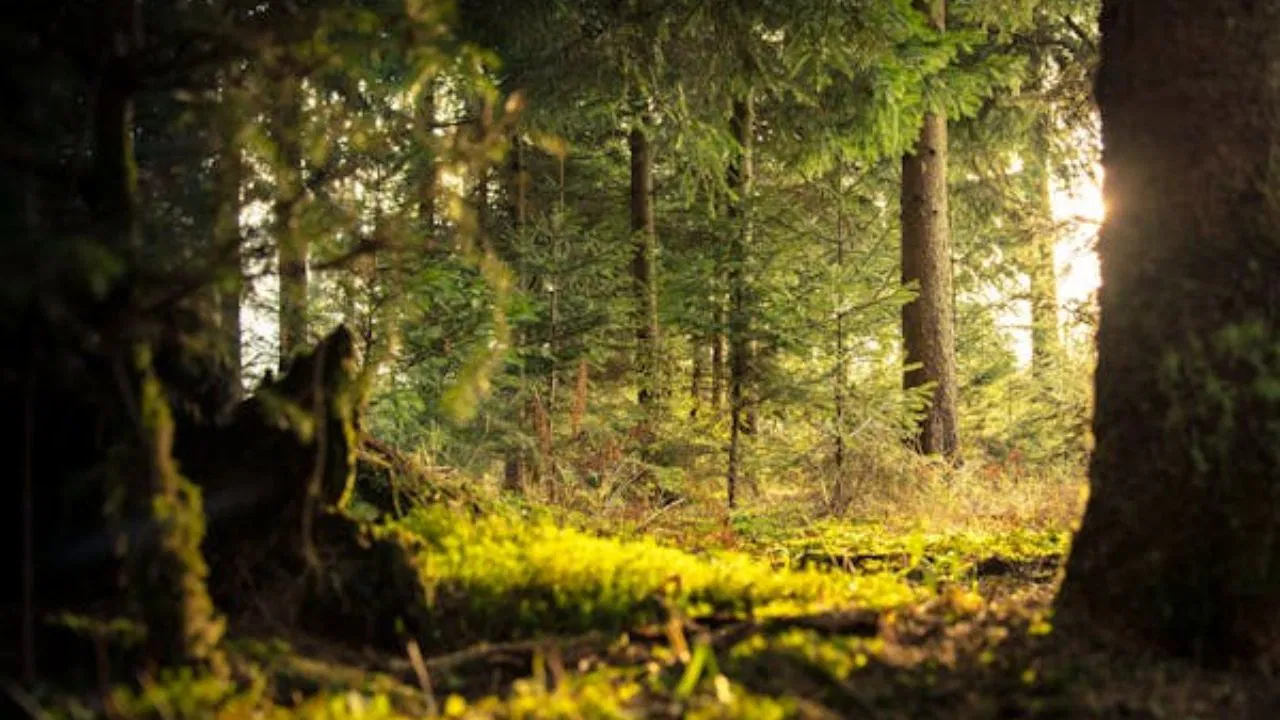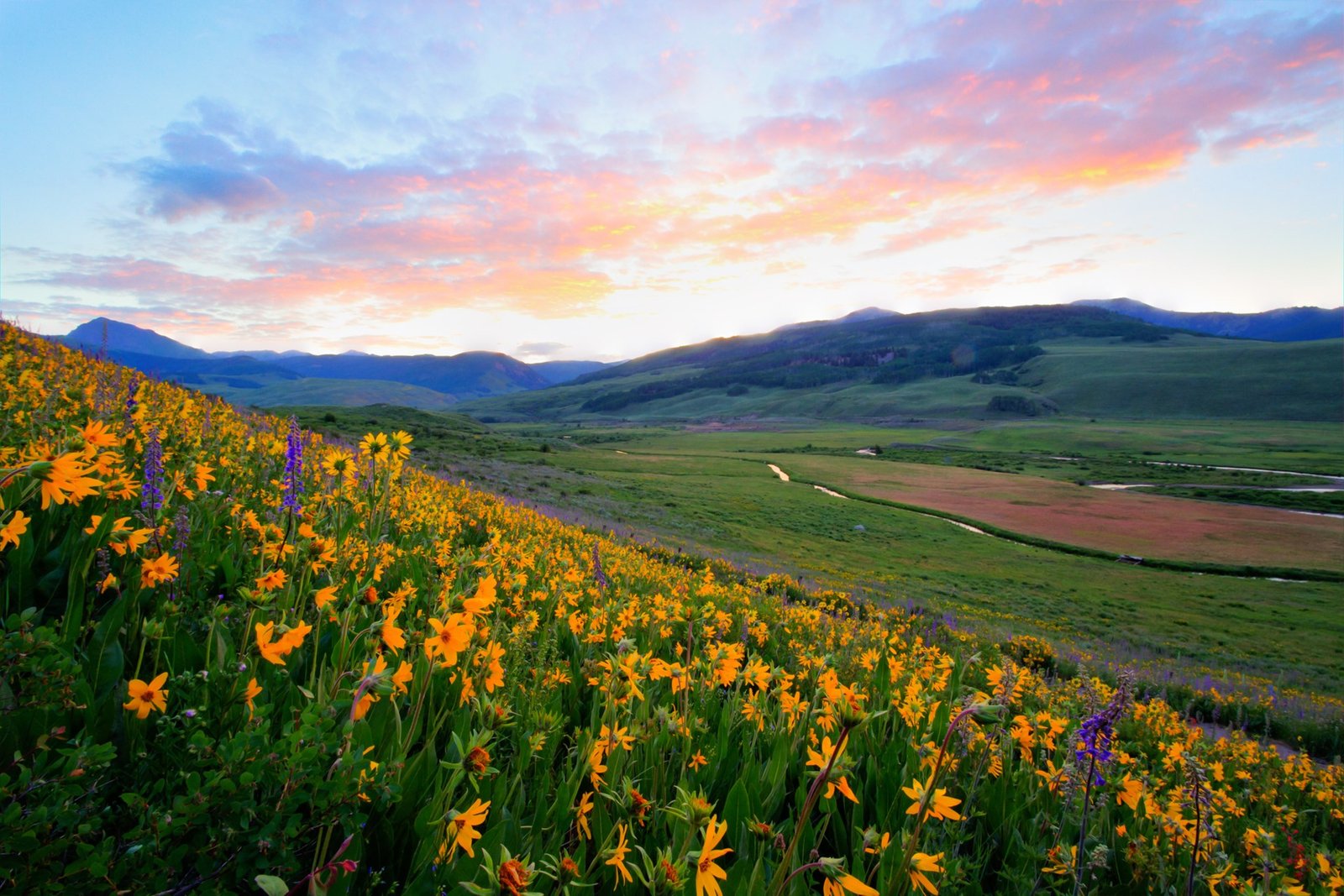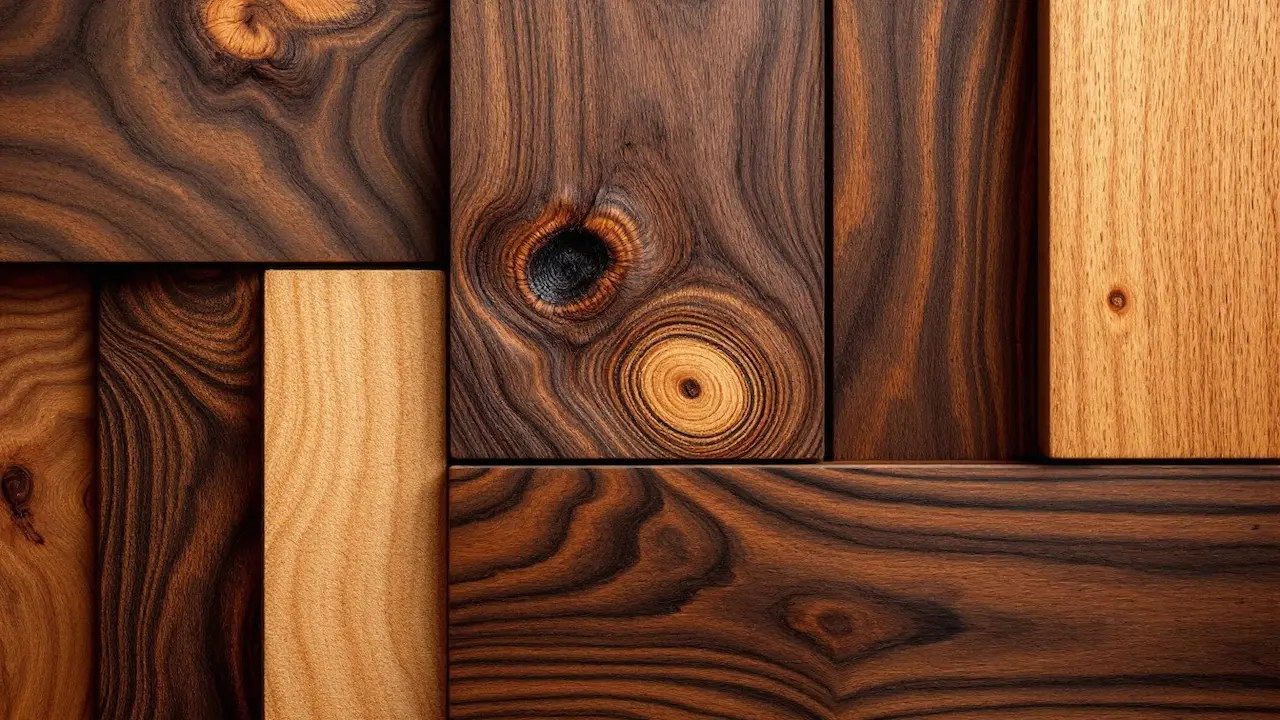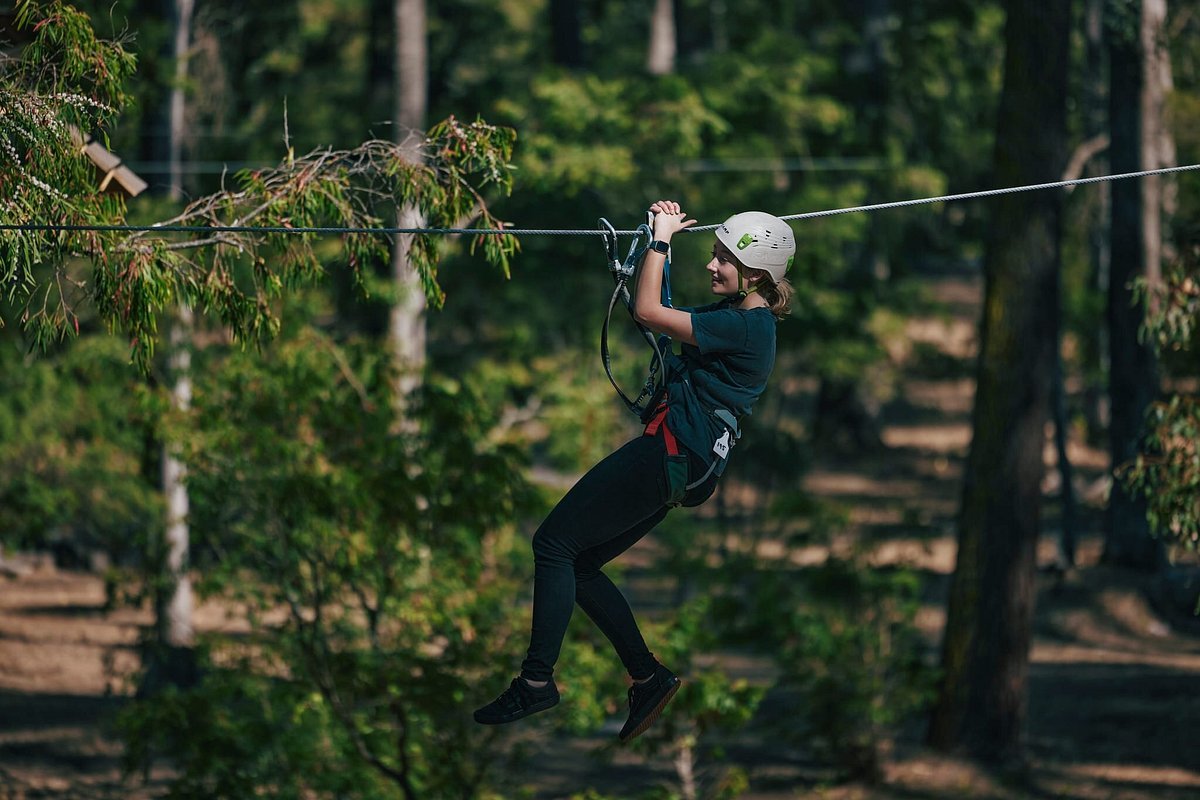Intro
Alright, picture this: forests that don’t just look green, but feel open to everybody—no matter who you are or where you come from. In 2025, it’s more than a buzzword. People are actually searching for “diverse forest initiatives” like it’s the next avocado toast—up 950% on Pinterest, if you can believe it. I dug into some wild corners of the web (shoutout to WorldWildlife.org and the ever-opinionated @EcoDiversityX on X) and pulled together seven ways forests are actually getting more inclusive. From Indigenous wisdom to art made out of, y’know, trees, it’s pretty rad. Let’s get into it.
Indigenous-Led Forest Stewardship: Real Knowledge, Not Just Hashtags
Look, Indigenous communities have been doing this way before it was cool. The Menominee manage a ridiculous 235,000 acres and do it better than most. No monoculture nightmares, just actual biodiversity. Want to learn? Some tribes run workshops for like $50. You get schooled in selective logging, cultural tours—way more interesting than another “corporate team-building” retreat. @EcoDiversityX keeps hyping it up, and for good reason. More at FSC.org if you wanna fact-check me.
Inclusive Eco-Tourism: Forests for Literally Everyone
If you’ve ever felt like the “great outdoors” wasn’t built for you, you’re not alone. Costa Rica’s Arenal Volcano National Park is dropping $30-$100 tours that aren’t just for super-fit hikers with fancy boots. We’re talking accessible paths, sign language guides, family-friendly everything. Pinterest is full of people planning “inclusive eco-tourism” trips (2025’s gonna be wild, pun intended). Local guides tell real stories. Want in? Arenal.net is the move.
Diverse Workforce Training: Not Just Old Lumberjacks Anymore
Forestry isn’t just burly dudes with axes. Canada’s Indigenous Forestry Initiative? Training over a thousand people a year—think women, youth, folks from every background. Courses run $500-$2,000, but honestly, you come out way more employable. @GreenJobsX is all over it, and if you want to see what’s up, NRCan.gc.ca has the details. This is how you make sure the people taking care of forests actually look like the communities around them.
Accessible Forest Trails: Trails That Don’t Judge
Here’s a wild idea: everyone gets to walk in the woods. Tryon Creek in Oregon did the thing—paved paths, braille signs, entry for $10–$50 tops. Not everyone’s a mountain goat, right? Sensory guides, wheelchair access, the works. “Accessible trails 2025” is popping off on Pinterest, too. TryonFriends.org if you wanna see what’s possible.
Multicultural Education Programs: Learning for All (Not Just Tree Nerds)
Forest education doesn’t have to be a snooze fest. The USDA is running workshops for $20-$80—think biodiversity, Indigenous practices, and actual science, all in multiple languages. No more gatekeeping knowledge. @EcoEducationX covers this stuff, and if you want to sign up, USDA.gov is your friend. This is how you get everyone on board to actually care about these wild places.
Sustainable Art Collabs: Forests as Canvases
Art in forests? Heck yes. Canada’s got these huge installations built with reclaimed wood. It’s not just pretty—it’s a way to get more people hyped about forests. TreeHugger.com loves this stuff. Artists, community groups, random people with vision—everyone’s invited. And yeah, it’s kind of Instagram gold.
Community-Driven Reforestation: It Takes a Village, Seriously
Forget top-down replanting schemes. The real magic happens when locals run the show. Tree-planting parties, neighborhood restoration events, even little kids get a shovel. It’s messy and way more fun than you’d expect. That’s how you turn a patch of dirt into a future forest.
Conclusion
So, yeah, the forests of 2025? Way more interesting than your average postcard. They’re places where everyone, and I mean everyone, actually belongs. Forests for people, by people. Let’s keep it rolling.
Resources? There’s a contact table somewhere, but honestly, just hit up the links above if you’re curious. Or, y’know, get outside and see for yourself.



